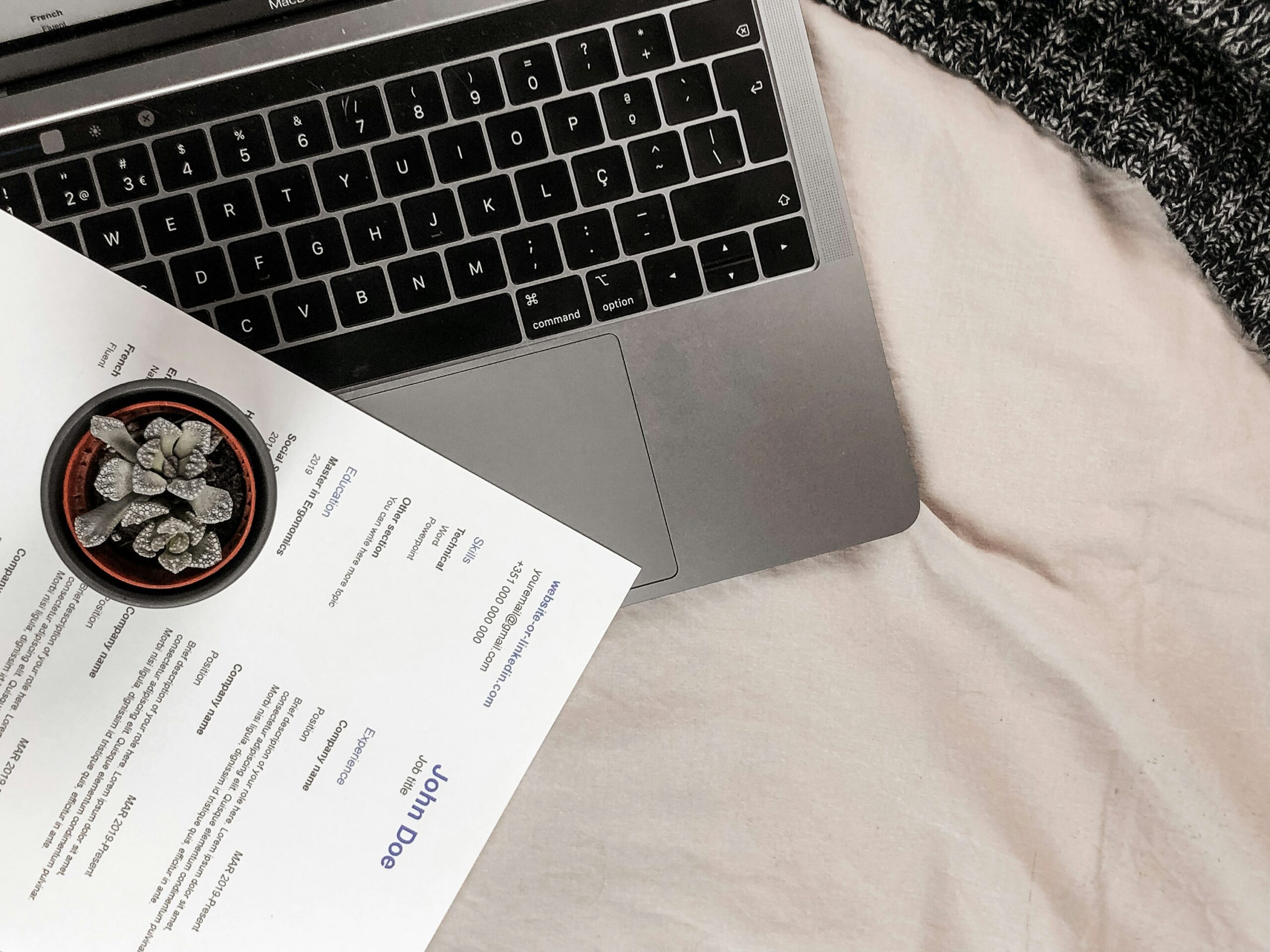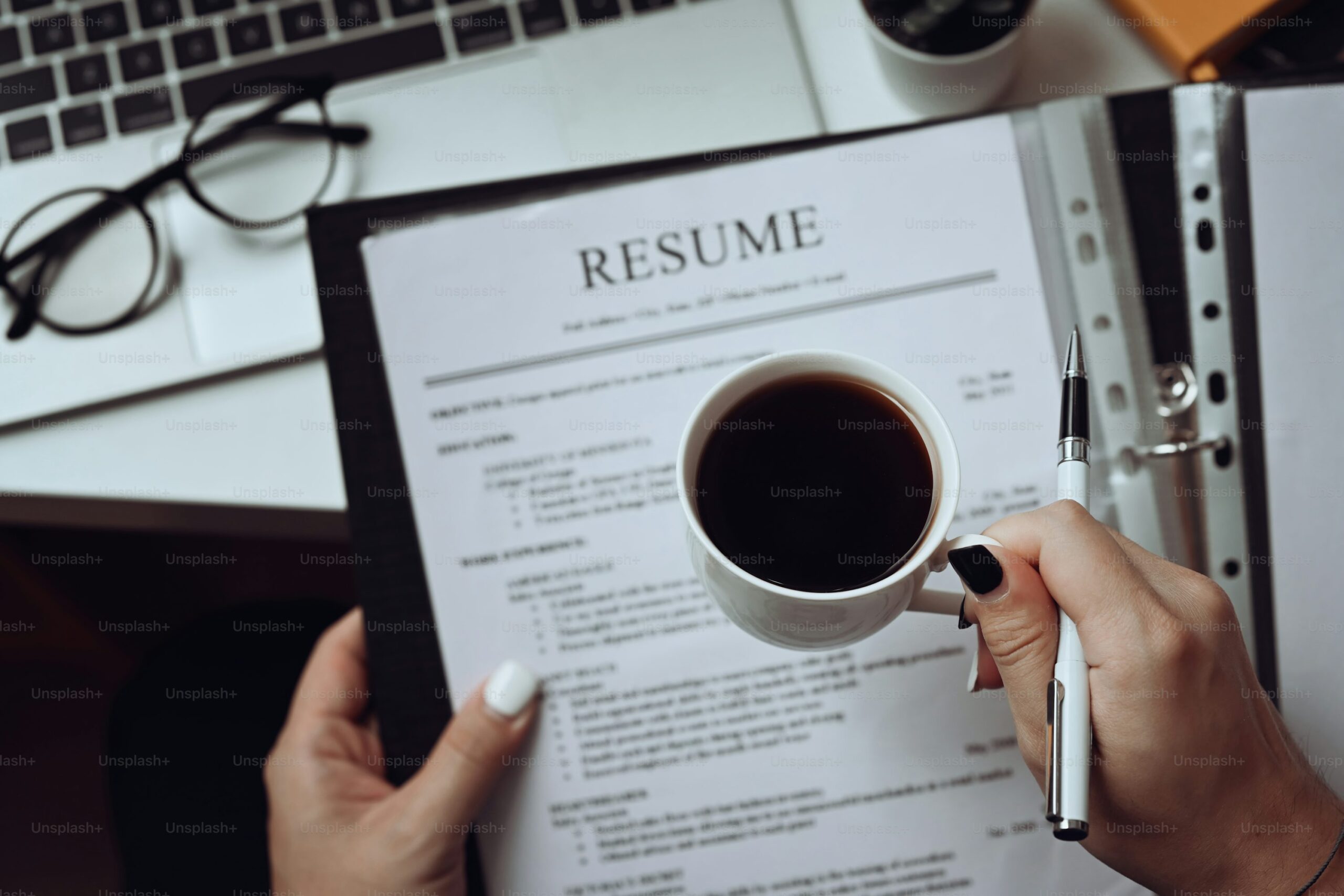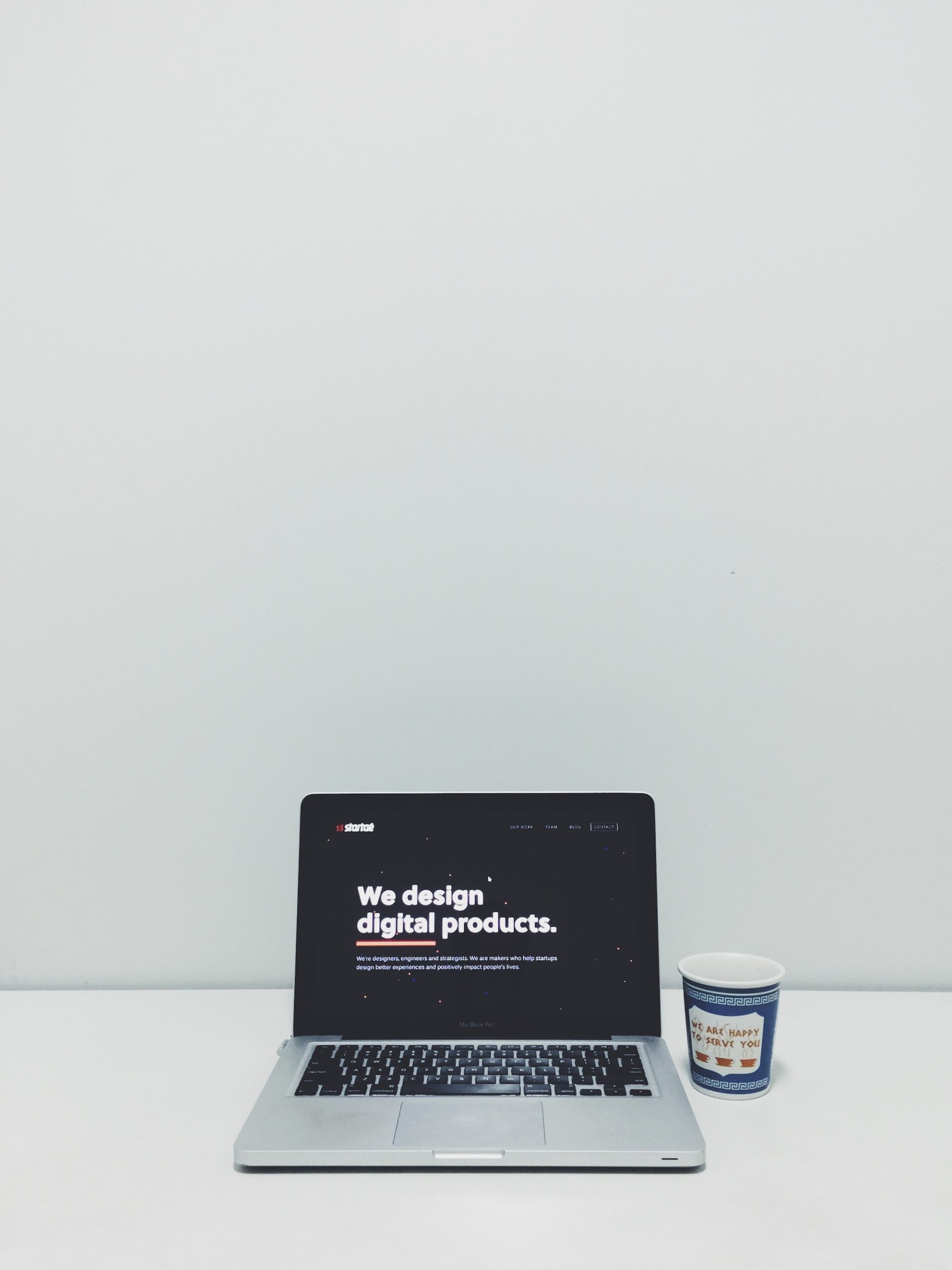A resume is more than just a piece of paper—it’s your first chance to make a great impression. I’ve spent years working with job seekers and recruiters, and I’ve learned that a well-crafted resume can open doors you didn’t even know existed.
Recruiters often spend just six seconds glancing at a resume before deciding if it’s worth a closer look (source), which means every word, design element, and layout choice matters.
In this guide, I’ll share practical tips and advice on how to write a good resume that stands out from the crowd. I’ll break down each section of your resume so that you know exactly what to include and why it’s important.
How Do I Write a Good Resume?
1. Know Your Audience
Before you start putting pen to paper (or fingers to keyboard), I recommend understanding who will be reading your resume. Each industry and job role has its own nuances.
For example, creative fields might welcome a splash of personality and design, while more conservative industries like finance prefer a classic and straightforward layout. Reading the job description closely and researching the company culture will help you tailor your resume to the specific role.
Tip: Customize your resume for each application. I’ve noticed that candidates who tweak their resume to reflect the language and requirements of the job posting are much more likely to get noticed.
Just Before You Go
Empower individuals to overcome barriers, gain essential skills, and secure gainful employment through our proven programs—KeelMaster, KeelWings, and KeelMate. Your support can spark change and build brighter futures.
Donate Now2. Choose the Right Layout
The layout of your resume should be clean and easy to navigate. A well-structured resume not only looks professional but also makes it easier for recruiters to find the information they need quickly. Here are some pointers:
- Keep it simple: Use a standard font like Arial, Calibri, or Times New Roman, and maintain a font size between 10 and 12 points.
- Use white space effectively: This helps reduce clutter and makes your resume more readable.
- Section headings: Clearly label each section (Contact Information, Summary, Experience, Skills, Education, etc.) so recruiters can easily jump to the parts that interest them.
Many online tools like Canva or Zety offer templates that can help you get started without needing advanced design skills.
3. Start with Strong Contact Information
Your contact information is the easiest part of your resume, but it’s also critical. Include your name, phone number, email address, and a link to your LinkedIn profile or personal website if you have one.
Make sure your email address sounds professional; something like yourname@gmail.com works well. Double-check that your contact details are correct so that employers can reach you without any hassle.
4. Craft a Compelling Summary or Objective
The summary or objective section sits at the top of your resume and provides a snapshot of who you are professionally. Think of it as your elevator pitch. For those with more work experience, a summary highlighting your key achievements and skills might be best. If you’re new to the workforce or changing careers, an objective explaining your career goals can work nicely.
Example:
“Resourceful marketing professional with over five years of experience in digital campaigns and social media strategy. Proven track record in boosting engagement by 40% and driving brand awareness through innovative content creation.”
This section should be brief—just a few sentences that capture your value and entice the reader to keep going.
5. Detail Your Work Experience
This is often the heart of your resume. I like to organize work experience in reverse chronological order, starting with the most recent position. For each role, include:
- Job title and company name
- Dates of employment
- Key responsibilities and achievements
Rather than listing duties, focus on what you accomplished. Use numbers and statistics where possible. For example, instead of saying “managed social media,” you might say “grew social media following by 35% in six months through targeted content strategies.”
Tip: If your resume is getting too long, consider removing older roles or those less relevant to the position you’re applying for.
6. Highlight Your Skills
Skills come in two flavours: technical skills (like proficiency in specific software or languages) and soft skills (like communication and teamwork). Tailor this section to match the job description. If the posting mentions familiarity with certain software or certifications, include them here. I recommend listing about 6 to 8 skills to keep it focused and impactful.
For additional credibility, consider linking to online certifications or a portfolio if you have one.
7. Include Your Education
For most applicants, your education section should come after your work experience unless you’re a recent graduate. List your degree(s), the institution(s) attended, and any honours or awards you received. If you have relevant coursework or projects that highlight skills applicable to the job, it might be worth mentioning them briefly.
8. Add Other Sections
Depending on your background and the job you’re applying for, you might include additional sections such as:
- Certifications and Awards: If you’ve earned any certifications that are relevant to the role, list them here.
- Projects: This is especially useful for those in tech or creative industries. Provide a brief description of the project and your role in it.
- Volunteer Work: Demonstrates your commitment and can help round out your experience.
- Languages: If you speak multiple languages, this could be a valuable asset.
Including these sections can help paint a fuller picture of your capabilities and interests.
9. Optimize for Applicant Tracking Systems (ATS)
Many companies use software to scan resumes for keywords before a human ever sees them. I recommend carefully reading the job description and incorporating relevant keywords throughout your resume. Avoid fancy fonts and images that can confuse these systems—stick with a simple, clean format that is easily parsed by ATS software.
Resource: Jobscan is a great tool to check how well your resume matches the job description and offers improvement tips.
Common Mistakes to Avoid
Over the years, I’ve seen many resumes fall short due to common pitfalls. Here are a few mistakes you should avoid:
- Typos and grammatical errors: These can make a bad impression. Always proofread your resume and consider having a friend or mentor review it.
- Too much clutter: Avoid cramming too much information into your resume. Stick to the most relevant details.
- Using a generic template for every job: Customization is key. A resume that works for one job may not work for another.
- Overly complex language: Clear, simple language is often more effective. Aim for a natural tone that highlights your strengths without overwhelming the reader.
Final Touches
Once you’ve drafted your resume, take some time to refine it:
- Proofread: Look for any errors and fix them.
- Ask for feedback: Sometimes a fresh pair of eyes can spot issues you might have missed.
- Test readability: Print your resume out or view it on different devices to ensure it looks good everywhere.
- Keep it updated: Regularly update your resume with new skills, experiences, and achievements.
I’ve found that these extra steps can make a big difference in the final product, helping you feel confident that your resume is as strong as it can be.
FAQs
What is the best resume format for a beginner?
For someone just starting out, a functional or hybrid resume can work well. These formats allow you to highlight your skills and relevant experiences without focusing too much on a lack of extensive work history.
How long should my resume be?
A one-page resume is typically ideal for new professionals. If you have many years of experience, a two-page resume can be acceptable. Focus on quality over quantity—every line should add value.
Should I include a photo on my resume?
Generally, it’s best to avoid including a photo unless you’re applying for a role where appearance is a key factor (like acting or modelling). In many industries, photos can introduce unconscious bias.
How do I tailor my resume for different jobs?
Start by reading the job description carefully. Identify the key skills and experiences the employer is looking for, and adjust your resume to emphasize these aspects. Use similar language and include keywords that match the job posting.
How do I address employment gaps?
Be honest about employment gaps. You can briefly explain them in your cover letter or include a short note in your resume. Focus on how you stayed productive during those periods, such as through freelance work, education, or volunteering.
How do I quantify my achievements?
Use specific numbers and statistics. For example, “Increased sales by 20%” or “Managed a team of 10” helps paint a clearer picture of your impact.
Further Resources
If you’re looking for more information on resume writing, here are a few links that I’ve found helpful:
- The Muse – How to Make Your Resume Stand Out
- Indeed – Resume Samples and Writing Tips
- Monster – Resume Writing Tips
- LinkedIn Learning – Resume Writing Courses
These resources offer additional tips and examples that can help you refine your resume even further.
Wrapping Up
A resume is your personal marketing tool, and writing a good one means showcasing your unique strengths and achievements in a clear and engaging way. By tailoring your resume to the job, using a clean layout, and focusing on key accomplishments, you can make a strong impression on potential employers. I hope the tips and strategies in this guide help you feel more confident in creating a resume that truly represents your professional journey.
So, what steps will you take to create a resume that opens new doors for you?
Just Before You Go
Empower individuals to overcome barriers, gain essential skills, and secure gainful employment through our proven programs—KeelMaster, KeelWings, and KeelMate. Your support can spark change and build brighter futures.
Donate Now



